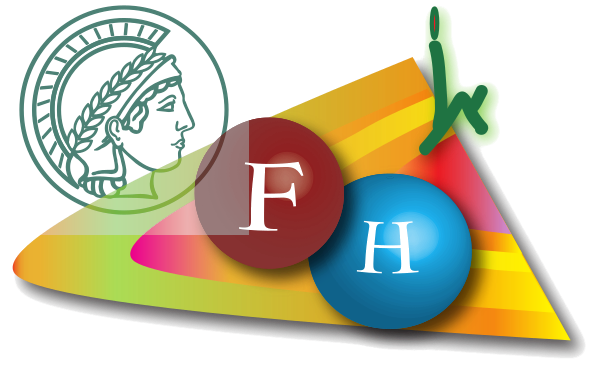Date:
Thu, 04/11/2021 - 11:00 to 12:00
Location:
Los Angeles Bld., Jerusalem, Israel
This Thursday, 04.11 at 11.00 am we will have a FH seminar where Dr. Sivan Refaely-Abramson from the Weizmann Institute of Science will give a lecture titled "Exciton processes in functional materials form many-body perturbation theory". See the details in the file attached.
Understanding excited-state dynamics in functional materials is essential for applications
across optoelectronics and photophysics. In particular, exciton diffusion and decay
mechanisms are coupled to optical selection rules and can be largely tuned through atomistic design. In this talk, I will present our recent studies of exciton transport in molecular crystals and transition metal dichalcogenides using ab initio computations based on many-body perturbation theory. Specifically, I will connect exciton properties with the underlying material structure and symmetry- crystal packing, defect design, heterostructure composition, and moiré twisting - and discuss their role in exciton relaxation processes. I will further present a new approach relating the exciton bandstructure and its propagation, where non-analytical discontinuities in the exciton dispersion are directly connected to unique features in the early stages of exciton diffusion.
Understanding excited-state dynamics in functional materials is essential for applications
across optoelectronics and photophysics. In particular, exciton diffusion and decay
mechanisms are coupled to optical selection rules and can be largely tuned through atomistic design. In this talk, I will present our recent studies of exciton transport in molecular crystals and transition metal dichalcogenides using ab initio computations based on many-body perturbation theory. Specifically, I will connect exciton properties with the underlying material structure and symmetry- crystal packing, defect design, heterostructure composition, and moiré twisting - and discuss their role in exciton relaxation processes. I will further present a new approach relating the exciton bandstructure and its propagation, where non-analytical discontinuities in the exciton dispersion are directly connected to unique features in the early stages of exciton diffusion.

